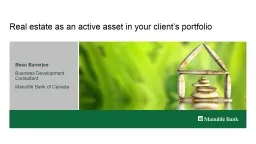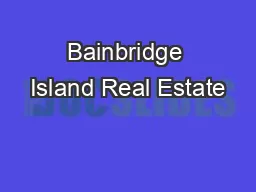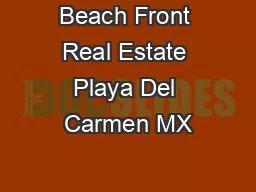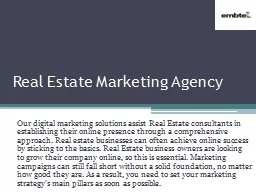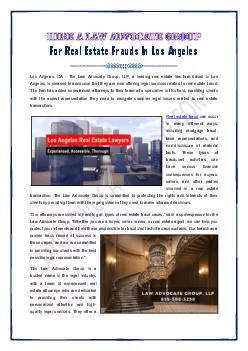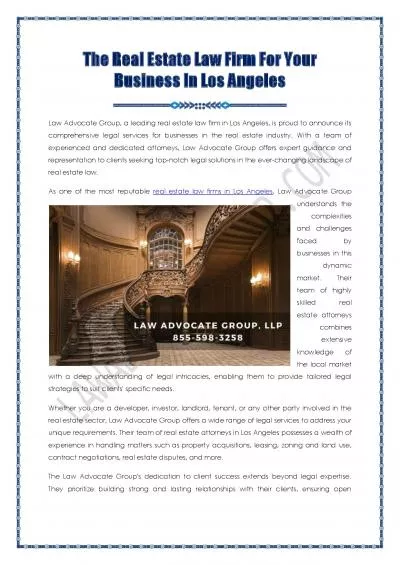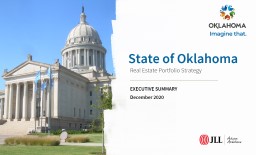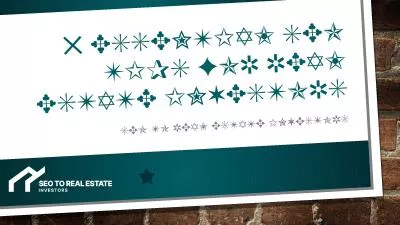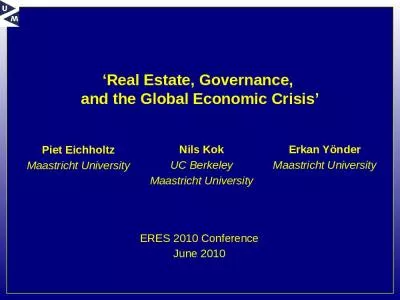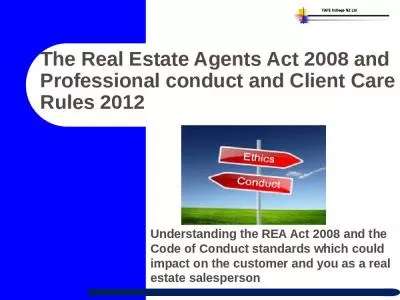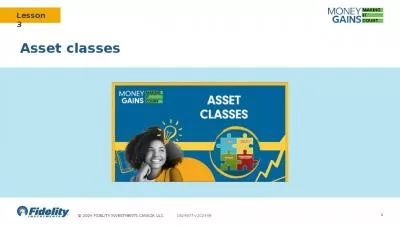PPT-Real estate as an active asset in your client’s portfolio
Author : danika-pritchard | Published Date : 2018-11-16
Audience Advisors Length 1 hour Creator Manulife Bank Product and Marketing CE Credit Reference Governing Body Number of Credits amp Category Credit Number CE
Presentation Embed Code
Download Presentation
Download Presentation The PPT/PDF document "Real estate as an active asset in your c..." is the property of its rightful owner. Permission is granted to download and print the materials on this website for personal, non-commercial use only, and to display it on your personal computer provided you do not modify the materials and that you retain all copyright notices contained in the materials. By downloading content from our website, you accept the terms of this agreement.
Real estate as an active asset in your client’s portfolio: Transcript
Download Rules Of Document
"Real estate as an active asset in your client’s portfolio"The content belongs to its owner. You may download and print it for personal use, without modification, and keep all copyright notices. By downloading, you agree to these terms.
Related Documents

